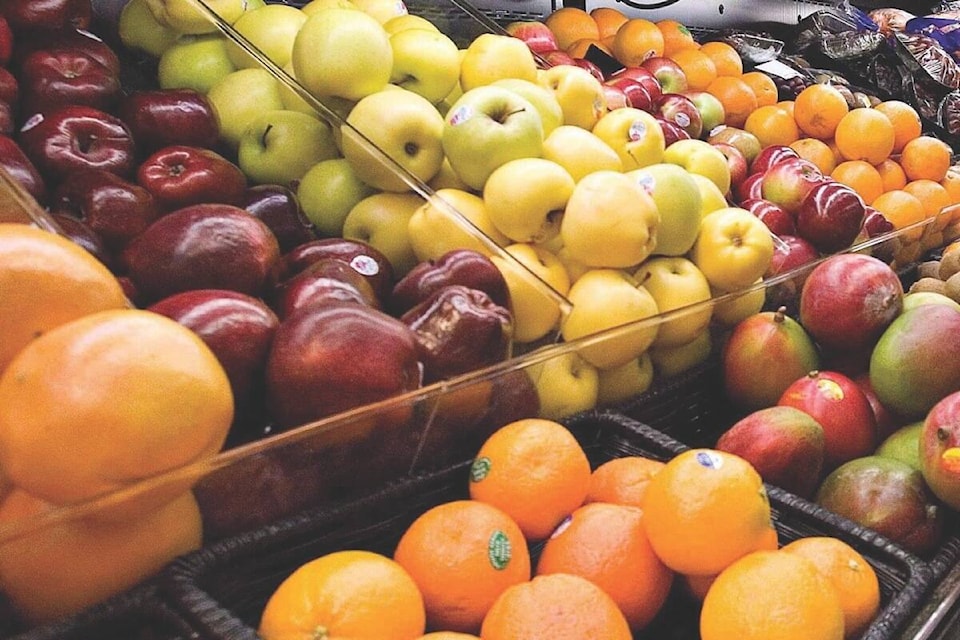Inflation rose by 6.3 per cent in Yellowknife in January compared to one year before, but food prices remained stubbornly high, rising a whopping 10.2 per cent in January.
The year-over-year inflation rate for Yellowknife has slowed to just above six per cent, the NWT Bureau of Statistics noted in a Tuesday news release based on the latest Statistics Canada data. The rate for the all-items consumer price index peaked at 8.3 per cent in June.
Yellowknife’s 6.3 per cent inflation in January eclipsed the national rate of 5.9 per cent, but was not as severe as the 7.9 per cent increase recorded in Whitehorse.
Edmonton experienced a 4.3 per cent hike while Iqaluit posted a rate of 3.4 per cent.
In terms of food, the largest jumps in January 2023 compared to January 2022 came from vegetables (19.3 per cent), bakery and cereal (16.6 per cent) and fruit and nuts (12.9 per cent).
However, meat and seafood declined over the 12-month period.
Restaurant food climbed by 9.4 per cent, marking the largest annual gain since December 1991.
In other areas, shelter costs rose by 8.5 per cent year-over-year in January and transportation increased by 7.2 per cent.
Housing operations and furnishings fell by 2.2 per cent, according to Statistics Canada, and that was attributed, in part, to the child care fee reduction subsidy initiated in 2022.
